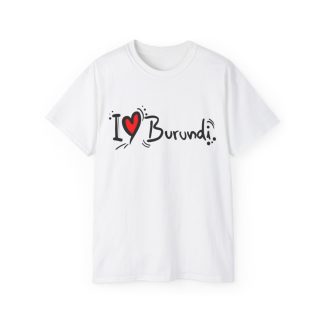
The many uses of millet in Ghana #westafricanfood #travel
The many uses of millet in Ghana #westafricanfood #travel
Here are a list of millet based foods I ate in Ghana
🌾Hausa Koko – a fermented millet porridge made with pearl millet or red sorghum
🌾Konkori – a savoury millet porridge made with Shea butter and dawa dawa
🌾Kunu – Pearl millet porridge made with potash
🌾Bengari – millet dumplings made with beans flour
🌾Millet Waakye – millet…
source
Reviews
0 %


















cassava (also known as yuca) and corn/maize are indigenous to the Americas where they have been cultivated for about 10,000 years. They hold significant places in indigenous American culture and tradition. These products were introduced to the African continent through European trade (more like thievery) as millions were stolen from the continent, decimating our food systems. Before the introduction of American crops like corn, cassava, chilli and tomatoes, Africans were nourishing themselves with a host of indigenous millets and grains, indigenous rice, seeds from the ancient watermelon, a variety of greens and fruit as well as hunted game. corn and cassava grow much faster than millets and as the demand for food increased to feed the millions of stolen Africans across the middle passage, they were quickly enveloped in the food system. As colonialism made way for neocolonialism, western forms of agriculture were pushed to accompany “aid money” further hurting our food system. Our food system has changed and continues to change so we are losing the essence of what was inherently our traditional foods. Corn and cassava are not inherently bad, they have been indigenized into our food systems with unique cultivars springing up on the African continent. As an aside, as some enslaved Africans returned from present-day Brazil, they had brought with them the knowledge they had acquired from indigenous people in South America on how to better process cassava, mixing it with African methods to make uniquely African foods.
If you want to learn more about millet, you can check out the lost crops of Africa encyclopedia. Details about cassava in Africa can be found in the book titled, the introduction and dissemination of cassava in Africa. There is a lovely account I follow on Instagram called the @thekitchenbutterfly who has a fantastic open access library dedicated to African food on the continent and the diaspora
In the US I ate millet as a replacement for rice here in Ghana they only used it in porridges and liquid form. I miss having this as a rice replacement
Ancient grains! Is this in North Ghana?
Millet is our saviour now qith maize already genetically modified. Unfortunately, i hear Bill Gate is turning his wyes on millet too. We better keep our indigenous cereals. qwll
Kunu is my favorite
In order to reduce old age diabetes a lot of us in SA are going back to sorghum.
Wowww
I have bad reactions to millet so this video is like a forbidden pleasure to me.
Your page is amazing such a great tourguide. Thank you
Im at comm 25 dawenya, where can i get the millet powder to try these healthy recipes with?
We have to go back to our natural environment and food.
OMG!!! i can only identify just 3 items here 😢😢😢. Tnx showing me millet itself. Now my banku is only millet. So far i understand millet not been tampered with yet e.g. GMO – Respect 🎉
I thought corn originated from Africa?
Both corn and cassavas are silently tasty killers
It's crazy how much hand work goes into preparing these African foods 🙌 gotta respect the efforts 💪
I love this video, but the white man didnt bring us CORN and CASSAVA biko.😅
You should host a trip for others to go with you. I volunteer myself to go when you do. Just let me know the costs and I’m there
We still enjoy this food after they brought maize
Loving your channel.
Im indian, and I learned many millet recipes thanks to you, here's one millet recipe from India mix millet flour and jaggery thourouly and add ghee to bind it if you don't have ghee you can substitute it with sheia butter.
Wow here that's just girl food… Tom Brown is on my list of things I want to rey
Please the white man didn’t start colonialisation. People who look like you and I were well into it before the 1800s🤦🏽♀️
This is very cool, thanks for sharing!
I love millet!
They look absolutely delicious 😋. Also, I am guessing rich in fibres and complex carbs, so much better than high glycemic index food.
I love these informational videos so much!! Can you eat the millet husk or does it need to be separated?
There is a dairy drink in Yemen called Zom too.